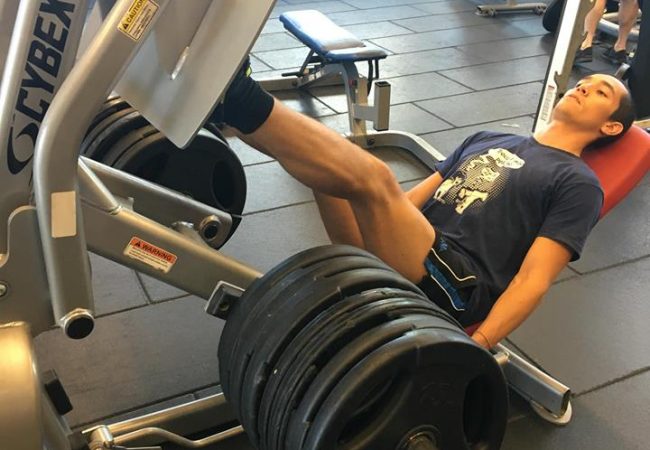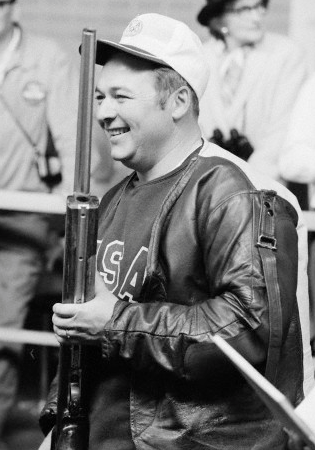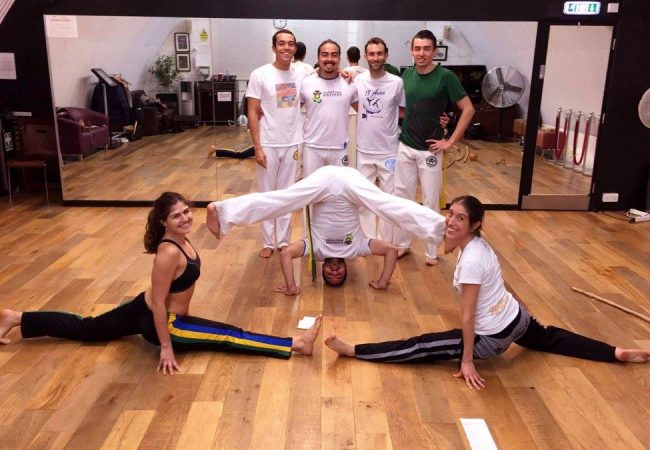30g of protein in the morning is a simple biohack that can help you grow muscle and lose fat. Discover my protein breakfast, along with expert advice from #1 podcaster Lawrence Neal, and Body By Science author Doug McGuff

How to double your strength in 30 days: My High Intensity Strength Training experiment
For 30 days I experimented with high intensity strength training. Both myself and my flatmate Jack got involved, and in short, experienced some bizarre results:
- My strength doubled in 30 days for multiple muscle groups
- The total workout time amounted to just 70 minutes
- However, I did not gain any mass / weight
- Questions for other areas of application
High intensity strength training was introduced to me by Lawrence Neal who runs the Corporate Warrior podcast.
He told me about Doug McGuff, author of Body By Science, who extolls the virtues of short, intense bouts of exercise to rapidly increase strength and fitness. Combined with a heavy dose of scientific research, it seemed an interesting experiment to do.
To make sure an experiment is accurate, I measured my body before and after. I did a BodPod test which you can read the results of here (includes the weirdest photos you’ll ever see of me). The short of it was that I was 6.8% body fat and weighed 70.8kg. More lean than mean then!
High Intensity Strength Training
Watch this video of Dr Doug McGuff doing a high intensity strength training workout. This is the exercise routine I copied for the experiment:
I did this work out, as per Doug’s instruction, once a week. I’ll repeat that: once a week.
It’s a 10-15 minute training session, by which point your muscles have reached maximum failure and you’re struggling to walk out of the gym.
Despite how the video looks, doing repetitions slowly but with control activates more of your muscle fibres and gives you a more complete workout than boshing through a typical 3×8 set routine.
The HIT exercises:
- Chest press
- Shoulder press
- Rowing motion
- Lateral pull-downs
- Leg press
These machines were repeated each week in random order. Jack and I kept track of the weight we did, total repetitions, and time under strain (i.e. how long it took us to reach failure for each exercise) in a Google Sheet. We went to the same gym at the same time each week and did the same machines.
The HIT results:
Both Jack and I doubled in strength for multiple muscle groups. That means the weight we could lift for the same amount of time under strain before failure doubled.
For me, this was true of:
- Shoulder press
- Leg press
If it wasn’t double, it was significant gains: 60% plus. There was no doubt about it, the data showed we gained huge amounts of strength with relatively little time input (70 minutes in total over the 30 days).
HIT Body Changes
At the end of the month’s experiment I then went and had another BodPod analysis. The results were quite a surprise to both myself, Jack, and Lawrence who had been overseeing the whole thing.
I was 100g heavier. Which, according to the technician Daphne, was within the machine’s margin of error and so should not be thought of having any statistical significance.
My body fat percentage was the same. Which, to be honest, was to be expected as it was so low anyway.
So I did not gain any muscle mass or weight.
If I had not gained muscle mass, and yet increased in strength, what had happened? Does this mean HIT did not work?
My Theory on How I Got Stronger Without Gaining Muscle Mass
My theory is that the High Intensity Strength training improved the nervous connections to the muscle groups I already had.
When you play the piano, at first your fingers are slow and clumsy. As you practice they get faster and more responsive. It doesn’t mean your fingers have grown more muscle though, it’s just that your nerves are better at using them.
Doug McGuff explains there are about three main muscle groups that get activated one at a time. By way of illustration, do this exercise:
- Clench your fist.
- Now squeeze it as tight as you can.
- Now squeeze it tighter.
- Now squeeze it even tighter.
Gymnasts understand that power does not just come from the hand, in this example, but from your forearm, your shoulder, your chest, your abdominals, and even, if you squeeze hard enough, your butt.
At the moment of failure for the high intensity strength training exercises, we were drawing up power from every part of our body. All three muscle groups were activated. Yet, these last two are rarely used in everyday life, and so by practicing them, my body probably got better at using the muscle it had.
There are a few surprising takes from this:
- Your body is capable of more than you realise
- Your body can improve with practice in a very short amount of time
- Your body is forced to adapt, by necessity
Forcing Your Body To Adapt By Necessity
This last point – forcing your body to adapt by necessity – is of great interest to me. Can this be applied to other areas outside of weight training?
For example, I wake up at 5:30AM every day. At first it is difficult, but after a while you get used to it and your body adapts.
If you put yourself through very difficult mental challenge, for example, focusing on a particularly difficult problem to solve, does your body adapt to provide more energy for mental exercise?



Great post Tom. Interesting findings regarding no lean gains. I have a
theory on why this might be, and it is not because HIT is not optimal
for muscle gain:
1. This was only a 30 day experiment. It’s expensive for the body to build muscle tissue, and it will always find other ways to build strength, such as you mentioned: improving the effectiveness of the nervous system. I hypothesize that if this experiment was extended to a total of 90 days, then it would be more likely that you would have increased muscle mass.
2. You do Capoeira twice per week, and have done so for some time. From what little I understand, this sport involves a fair amount of body weight resistance exercise. It’s possible that this activity could be responsible for your beginner muscle gains that potentially occurred far in advance of starting HIT; the muscle gain that comes easy at the beginning from resistance training and tapers off over time when gains become far more marginal. However, this is highly variable and largely determined by genetics.
3. You did not mention diet above. However, in person you told me you had improved the way you ate but you did not say if you increased the quantity. An increased food intake above your maintenance calorie intake could also have caused you to gain muscle mass, even over just 30 days.
4. Readers must acknowledge that this is an N=1 experiment (one individual) and does not reflect the overall effectiveness of HIT for muscle gain. When we spoke you mentioned that you had always been very lean. Prior to changing your diet, you were 6.8% body fat! That is insanely lean for someone who didn’t watch what they ate. Therefore, its possible that your specific body type does not lend itself to building large amounts of muscle quickly. At the other end of the spectrum, people with naturally bigger physiques with large musculature, would possibly see surprising gains on exactly the same protocol over 30 days.
Interested to hear other’s thoughts 😀
Cheers,
Lawrence